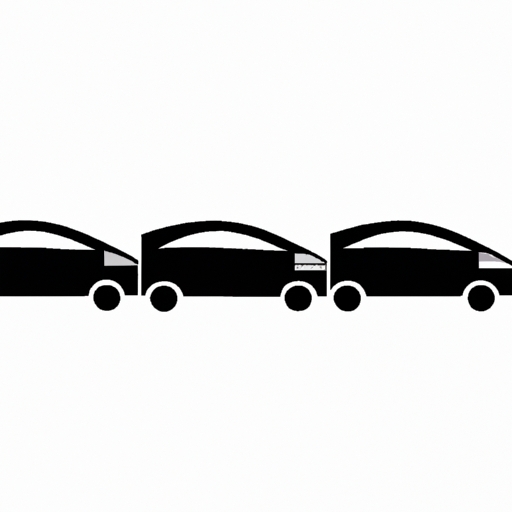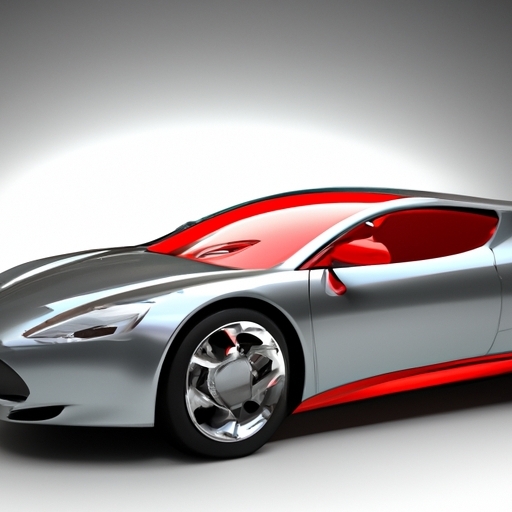For more information please visit this website or continue reading.. Now, let us dive into what this entails – automotive safety. It's a blend of factors ranging from vehicle design and manufacturing to driver education and road infrastructure. The goal is simple: minimize the occurrence and consequences of traffic accidents. However, achieving this feat ain't as straightforward as it sounds.
Manufacturers play a crucial role here; they've gotta ensure their vehicles are equipped with robust safety features. Airbags, seat belts, anti-lock braking systems - oh boy, these are just the tip of the iceberg! Yet sometimes, despite all these fancy gizmos designed to protect us, things can go south. Why? Because human error can never be completely eradicated.
On another note – drivers themselves have got a part to play in this symphony of safety. As mentioned here this is very important.. Education and awareness are key; knowing how to react in emergencies could mean the difference between life n' death! But let’s not kid ourselves; not everyone takes this seriously enough.
And then there are those pesky rules of the road – speed limits, traffic signals, pedestrian rights-of-way... they ain’t suggestions; they’re laws meant to keep order amidst the chaos inherent in our bustling streets. Nevertheless, some folks think they’re above these laws which unfortunately leads to disaster.
Transitioning over to another aspect: infrastructure cannot be overlooked when discussing automotive safety. Well-maintained roads without potholes or proper signage contribute significantly towards reducing accidents. It's frustrating when governments neglect this part - don’t they realize lives are at stake?
In conclusion (and mind you—this is quite important), automotive safety is indeed a shared responsibility. Manufacturers must continue improving vehicle designs while authorities should enforce stricter regulations and maintain roads better than they do now! Drivers needa buckle up (both figuratively and literally) n’ drive sensibly while pedestrians must stay alert at all times because after all - nobody wants their day ruined by an accident!
So here’s hoping that we all take heed n’ work together towards safer roads ‘cause let’s face it: no one thinks it’ll happen to them until it does!


